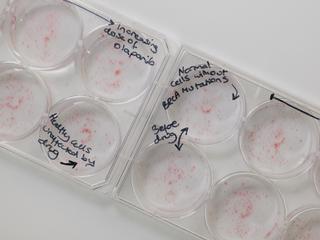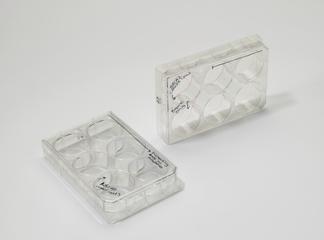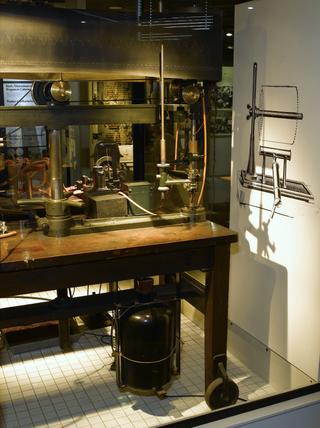




Thermopile for measurement of nerve heat production, associated with A.V. Hill and J.V. Howarth, originally made 1930-1940, English, modified 1950-1960
Thermopiles are scientific instruments used to measure small changes in heat. These were used by Archibald V Hill (1886-1977), a British physiologist studying the heat produced by nerves and muscles when they are stimulated.
The heat produced is converted to electricity by a series of thermocouples (the two coils of metal which when heated produce an electric current) and recorded using a galvanometer. Hill studied heat and energy exchanges from the 1910s onwards, discovering that heat is produced by nerves and becoming one of the founders of the field of biophysics in the process. The thermopile is shown here with two similar examples (1989-158 and 1989-162).
Details
- Category:
- Laboratory Medicine
- Object Number:
- 1989-157
- Measurements:
-
overall: 82 mm x 390 mm x 182 mm, 1.02kg
- type:
- thermopile
- credit:
- University College London, Dept. of Physiology




